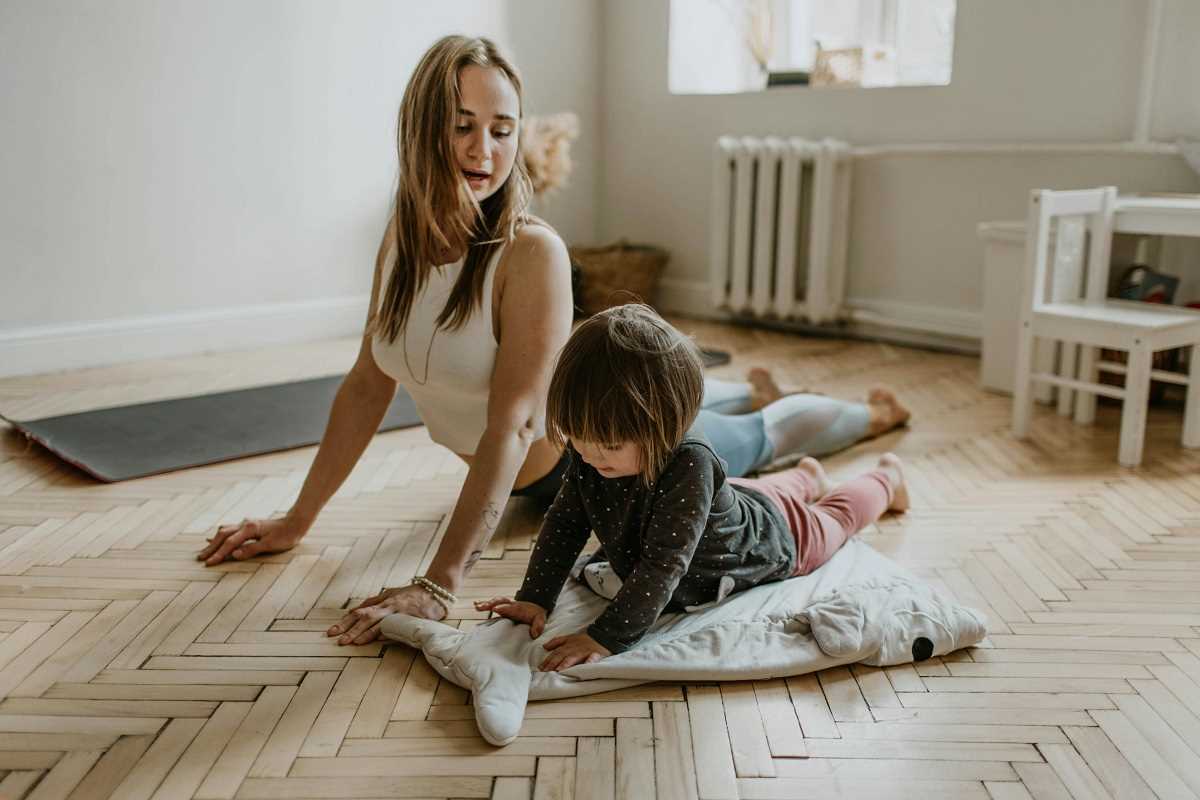With busy schedules, packed gyms, and rising costs, finding the time and resources to exercise can feel challenging. That’s why starting a home workout routine with minimal equipment is a practical and cost-effective solution. Not only does it eliminate the hassle of commuting to a gym, but it also allows you to customize your fitness plan and work out on your own terms. Whether you’re a beginner or looking to switch things up, a home workout routine can be an excellent way to stay active and healthy. Here’s how to get started.
The Benefits of Home Workouts
Home workouts offer a wide range of advantages for anyone looking to stay fit without a gym membership:
- Convenience: You can work out anytime, day or night, without worrying about gym hours or waiting for equipment. Plus, there’s no need to commute, saving you valuable time.
- Cost-Effective: Minimal equipment like resistance bands or a pair of dumbbells is far more affordable than monthly gym fees. Many effective exercises also rely solely on body weight.
- Privacy: Exercising at home allows you to focus without distractions, judgment, or overcrowded spaces. It’s a perfect choice for those who feel self-conscious about working out in public.
- Flexibility: A home workout routine can be tailored to meet your specific needs, whether you want to build strength, improve endurance, or tone your muscles.
- Family-Friendly: It’s easier to incorporate fitness into your family’s daily routine, making it a healthy habit for everyone.
Your Basic Home Workout Plan
When starting a home workout routine, it’s important to cover all major muscle groups to ensure a well-rounded program. Here’s a basic plan designed to maximize results using minimal equipment, such as your body weight, resistance bands, or dumbbells.
1. Warm-Up (5–10 Minutes)
Start every workout with a warm-up to loosen your muscles and get your heart rate up. Some effective warm-up exercises include:
- Light jogging or marching in place
- Jumping jacks
- Arm circles
- Dynamic stretches (e.g., leg swings, lunges with a twist)
2. Strength Training (20–30 Minutes)
Target different muscle groups by incorporating a mix of the following exercises:
For the Lower Body:
- Bodyweight Squats: Strengthens your quads, hamstrings, and glutes. If you have resistance bands, place one above your knees for added resistance.
- Lunges: Work your legs and balance by stepping forward, backward, or into a side lunge.
- Glute Bridges: Lie on your back with knees bent and feet flat on the floor. Lift your hips while squeezing your glutes. This is great for targeting your posterior chain.
For the Upper Body:
- Push-Ups: A classic bodyweight exercise that strengthens the chest, shoulders, and triceps. Modify by dropping to your knees if needed.
- Resistance Band Rows: Anchor your resistance band to a sturdy object, grip the handles, and mimic a rowing motion to work your back.
- Shoulder Press (Dumbbells or Bands): Press weights or resistance handles overhead to build shoulder strength.
For the Core:
- Plank: Hold yourself in a push-up position or low plank (on your forearms) to engage the entire core.
- Russian Twists: Sit with your feet off the floor and twist your torso side to side while holding a small weight or just clasping your hands.
- Mountain Climbers: Perform quick knee drives toward your chest while in a push-up position for an intense core and cardio combo.
3. Cardio (10–20 Minutes)
Cardio helps improve heart health and burn calories. You can incorporate the following into your routine:
- High Knees: Run in place while driving your knees as high as possible.
- Jump Rope: A simple jumping rope is inexpensive and provides an effective, full-body cardio workout.
- Burpees: Combine a squat, jump, and push-up for a full-body cardio routine.
4. Cool-Down and Stretch (5–10 Minutes)
End every session with a cooldown to prevent soreness and improve flexibility. Consider including:
- Forward bends to stretch your hamstrings
- Hip flexor stretches
- Shoulder and tricep stretches
- Seated twists for your back
Tips to Stay Motivated
Starting a routine is one thing—sticking to it is another. Here are a few tips to help keep you on track:
- Set Realistic Goals: Instead of aiming for perfection, set achievable short-term goals, like completing three workouts a week or mastering a push-up variation. Celebrate small wins!
- Create a Dedicated Space: Designate a specific area in your home for exercise, even if it’s just a corner. Having a consistent, organized space can help you get into the right mindset.
- Try Fitness Apps or Videos: Many free or low-cost workout guides and videos are available online, providing structured plans and motivation. Look for apps tailored to home workouts.
- Track Your Progress: Keep a workout journal or use a fitness app to monitor your progress over time. Seeing improvements in your strength, stamina, or appearance will motivate you to keep going.
- Mix It Up: Avoid boredom by changing up your exercises or trying new routines every few weeks.
Safety Considerations
Working out at home offers flexibility, but it’s crucial to prioritize safety to avoid injury:
- Focus on Form: Proper technique is more important than how many reps you can do. Research each exercise beforehand or consult online tutorials to ensure your form is correct.
- Choose the Right Surface: Exercise on a non-slip surface, ideally with an exercise mat, to protect your joints and prevent accidents.
- Listen to Your Body: Avoid pushing through pain—pain often signals improper form or overexertion. If something doesn’t feel right, adjust the movement or take a break.
- Gradually Increase Intensity: As you become more comfortable with your routine, add resistance, reps, or duration gradually to avoid overstraining your muscles.
Personalize Your Routine
One of the best parts of a home workout routine is how adaptable it is. You can experiment with different exercises, intensity levels, and time commitments to find what works for you. Don’t hesitate to make adjustments based on your fitness level and goals.
For example:
- If your goal is strength, prioritize resistance exercises and slowly increase your weights or band tension.
- If cardio is your focus, incorporate high-intensity interval training (HIIT) sessions for maximum calorie burn in a shorter period.
- If flexibility or relaxation is your goal, consider integrating yoga routines into your schedule.
- Most importantly, make sure to have fun and enjoy the process of working toward a healthier you!
Starting a home workout routine with minimal equipment is a practical, approachable way to stay fit. By carving out time for simple yet effective exercises, focusing on proper form, and celebrating your progress, you’ll quickly realize that a well-rounded workout doesn’t require a fancy gym or pricey equipment. With consistency and dedication, your home routine can evolve alongside you, becoming a foundation for a healthier, more active lifestyle. Take it one step at a time, and remember—your fitness journey is yours to design!
 (Image via
(Image via





